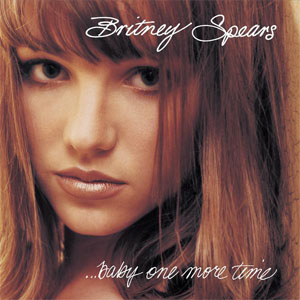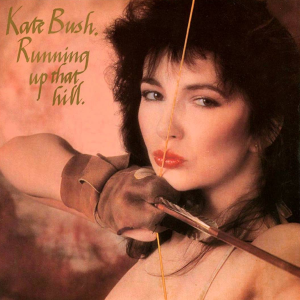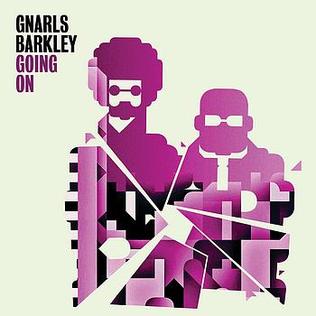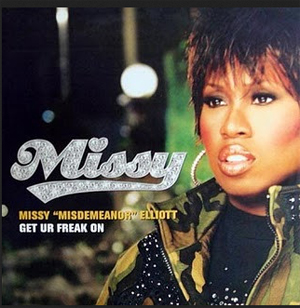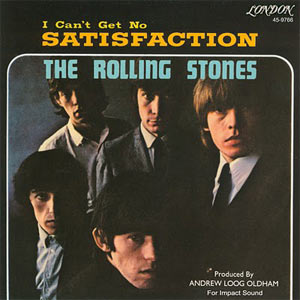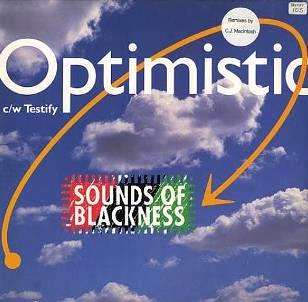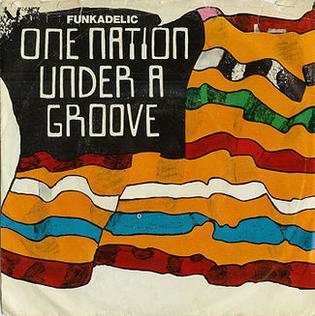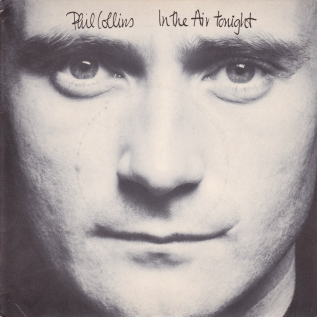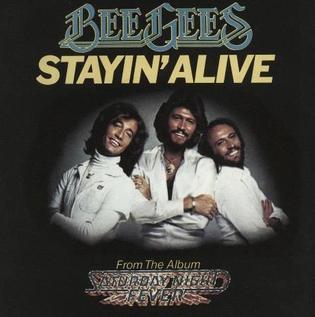As we look back on the musical landscape of 1999, it’s hard not to be struck by the sheer diversity and quality of singles that dominated the charts and airwaves. Straddling the end of one millennium and the dawn of another, this year produced an extraordinary array of hits that continue to resonate with listeners today.
Pop music was in full force, with young stars like Britney Spears and the Backstreet Boys delivering earworms that would define the era. Spears’ debut “…Baby One More Time” and the Boys’ “I Want It That Way” became instant classics, their catchy hooks and polished productions setting a new standard for pop perfection. Meanwhile, Latin pop exploded onto the mainstream scene with Ricky Martin’s irresistible “Livin’ la Vida Loca,” a song that seemed to capture the exuberant spirit of the times.
But 1999 wasn’t just about glossy pop. Hip-hop continued its ascent, with Jay-Z’s “Hard Knock Life (Ghetto Anthem)” showcasing the genre’s growing crossover appeal. Eminem burst onto the scene with “My Name Is,” his irreverent wordplay and controversial persona signaling a new direction for rap. R&B, too, had a strong showing, with TLC’s “No Scrubs” becoming an anthem of female empowerment and Lauryn Hill’s “Ex-Factor” demonstrating the genre’s capacity for emotional depth.
Rock music, far from being overshadowed, produced some of the year’s most enduring tracks. The Red Hot Chili Peppers’ “Scar Tissue” showcased their evolving sound, while The Offspring’s “Pretty Fly (For a White Guy)” brought punk-pop humor to the masses. Alternative and indie acts like The Flaming Lips and Mercury Rev pushed boundaries with “Race for the Prize” and “Goddess on a Highway” respectively, proving that innovative songwriting could still find a place in the mainstream.
Electronic music also made significant inroads in 1999. Fatboy Slim’s “Praise You” and The Chemical Brothers’ “Hey Boy Hey Girl” brought big beat to the forefront, while Moby’s “Why Does My Heart Feel So Bad?” hinted at electronic music’s potential for emotional resonance. From the dancefloor-filling “Sing It Back” by Moloko to the avant-garde “Windowlicker” by Aphex Twin, electronic artists were expanding the sonic possibilities of popular music in exciting ways.
The singles of 1999 paint a picture of a music industry in flux, embracing new sounds and technologies while still celebrating the timeless art of the perfectly crafted pop song. It was a year that laid the groundwork for the musical landscape of the 21st century, producing hits that continue to inspire and entertain listeners a quarter-century later.
